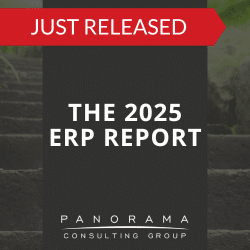Creating a Stakeholder Analysis Early in the Project
Have you ever talked with someone not knowing who they were, only to later find out and wished you said something different? To the best of your abilities, it’s important to know your audience from the start and capitalize on any given situation. From a stubborn project resistor to your biggest change advocate, knowing who you are dealing with will help you navigate situations and even provide you an opportunity to change someone’s mind in a positive manner.
One of the biggest weapons for knowing your audience is a Stakeholder Analysis. Simply establishing who does what within the company and taking note of their current perceptions, can help lay important foundations for successful change management planning and awareness.
An effective Stakeholder Analysis should include the four key elements to paint the clearest possible picture of who and what you are working with on a project.
Four Elements of Effective Stakeholder Analysis
- General Information – What is the person’s name, email, and phone number if you need to contact them?
- Company Information – What is their current role, what is their stakeholder role, how long have they been with the company, where are they physically located?
- Project Information – What is their role within the project, what is the project impact to the stakeholder, what is the stakeholder’s influence on the project, are they supportive or against the project.
- Additional Details – Any additional information you can gather will be of great value. Have they ever been through a similar project, do they have any preconceived notions about particular software, are they resisting or embracing the project (from what you can tell)?
While the general and company information are important for day-to-day activities, the project and detailed information is what will truly help you gauge how to interact with different people. Does the CEO have a negative attitude about ER software because his friend’s ERP implementation went terrible? Knowing this type of information can be more valuable than you think.
While it may be a lot of work upfront, getting the Stakeholder Analysis done early will give you the confidence you need to start aligning people, processes, and the project successfully.
Blog entry written by Jacqueline Gardner, a Senior ERP Consultant at Panorama Consulting Group.












